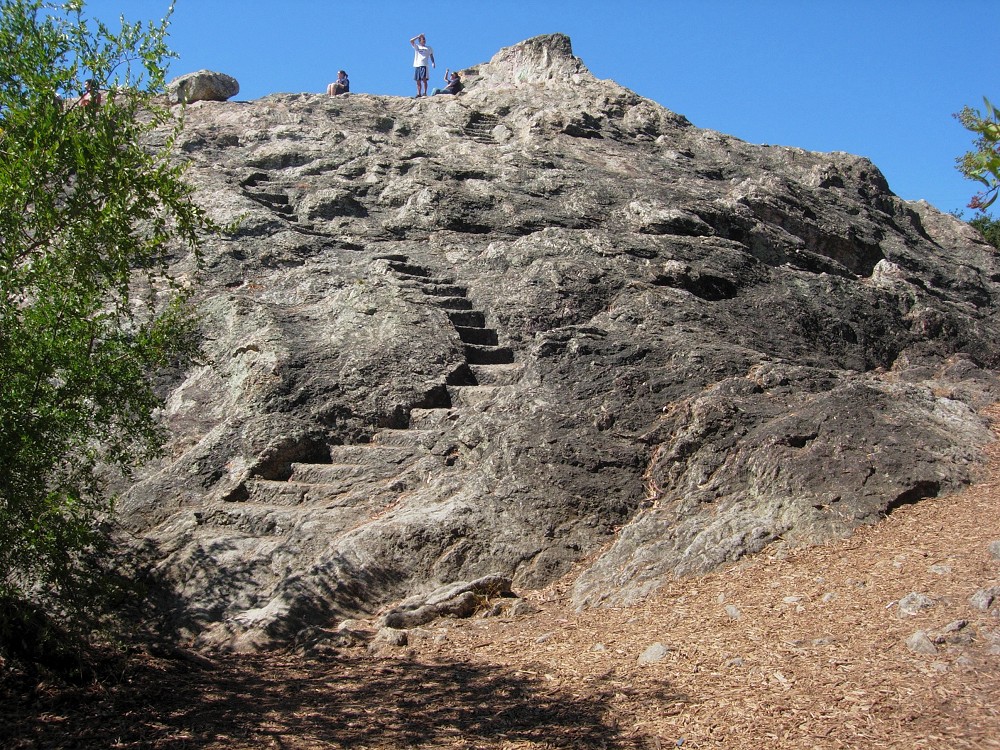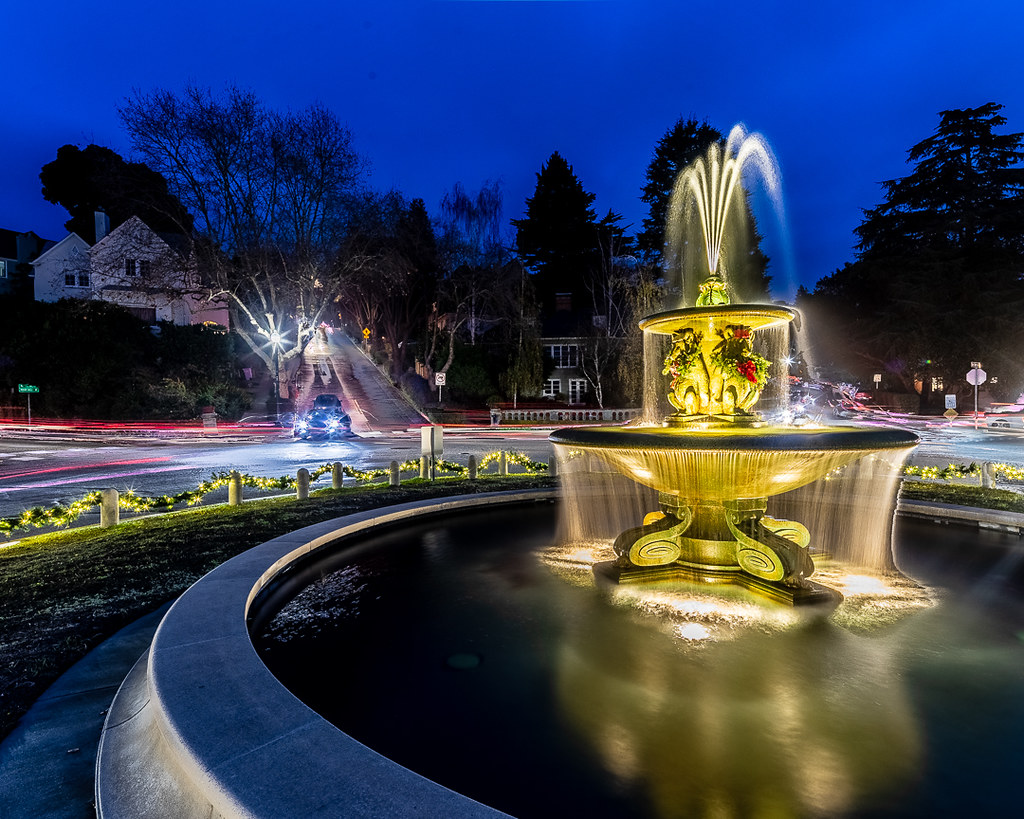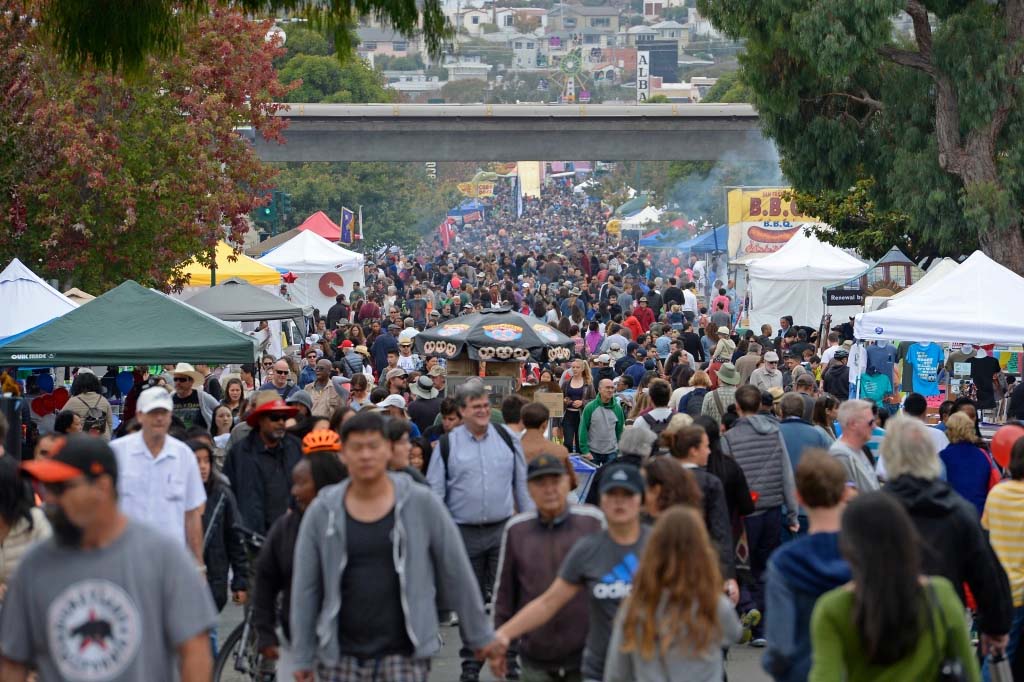For thousands of years, before the Spanish arrived in the 1700s, the land we call Northbrae was the home territory of the Huchiun Band of the Ohlone.

Today we have evidence of the Huchiun people all around us. There are mortars for grinding acorns at Mortar Rock Park, just around the corner from Indian Rock. Before Northbrae and Thousand Oaks got their names from real estate developers, the area was known as “The Old Indian Burial Grounds.” There are the shell mound locations at the Spengler’s parking lot and the north side of Albany Hill. The Tilden Park nature area was once a trading center between tribes.

The East Bay in general, and Berkeley in particular, were growing rapidly following the 1906 earthquake and fire which displaced so many people from their homes in San Francisco. The Northbrae subdivision had seemed almost rural at first, but improved transportation in the form of electric train lines made commuting easy and the area grew rapidly. Well-known Berkeley architects designed homes for the new owners, including Walter Ratcliff, Julia Morgan, and John Hudson Thomas, the latter being the architect of what we now call Northbrae’s Haver Hall.
The Mason-McDuffie real estate company developed the Northbrae subdivision in 1907. According to the Berkeley Architectural Heritage Association, Charles Mills Gayley (namesake of Gayley Road, which runs through the UC Berkeley campus between Bancroft Way and Hearst Street) named the subdivision “Northbrae.” Northbrae was an unusually well-planned subdivision, with roads and streets and much of the landscaping installed before lots sold.
It covered a thousand acres, from Solano Avenue on the north, Eunice and Hopkins on the south, Spruce on the east, and Tulare on the west. The fountain and balustrade at the Marin traffic circle, and the stone corner pillars found sprinkled through the area, were designed by John Galen Howard, noted architect of the UC Berkeley campus.
Sidewalks of pink concrete were poured throughout the subdivision. Except where replaced, many of these pink sidewalks throughout the Northbrae district are still in decent shape after more than a century. Even replaced portions are tinted pink to match.
The developers offered to donate forty acres of the subdivision to the state in exchange for having the state capital moved from Sacramento to Berkeley. In fact, the Marin traffic circle was intended to be a grand entrance to the site. This is the reason many subdivision streets were named for California counties. So many people were enthusiastic about moving the capital that a measure was on the ballot in November of 1908, but the statewide vote was not in favor of the move.

Since the development of Northbrae and Thousand Oaks after the 1906 earthquake, the population has increased to an estimated 38,000 residents according to a zip code search. Residents enjoy beautiful neighborhoods, a vibrant shopping area along Solano Avenue with a variety of restaurants and family-owned businesses, and parks, walking paths, excellent schools, and North Berkeley Branch Library.
Northbrae Community Church is an integral part of this history and plans to develop a comprehensive history collection for our neighborhood. Stay tuned.
